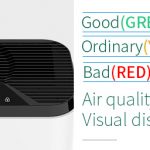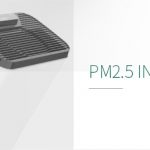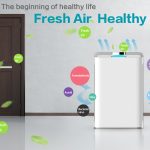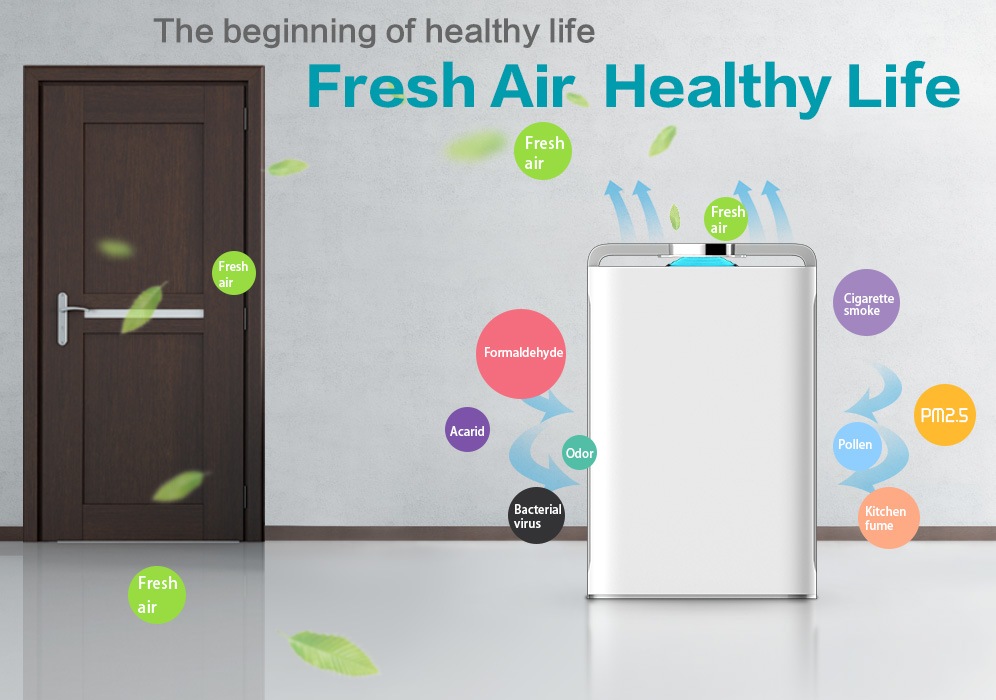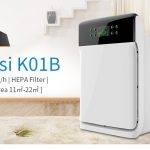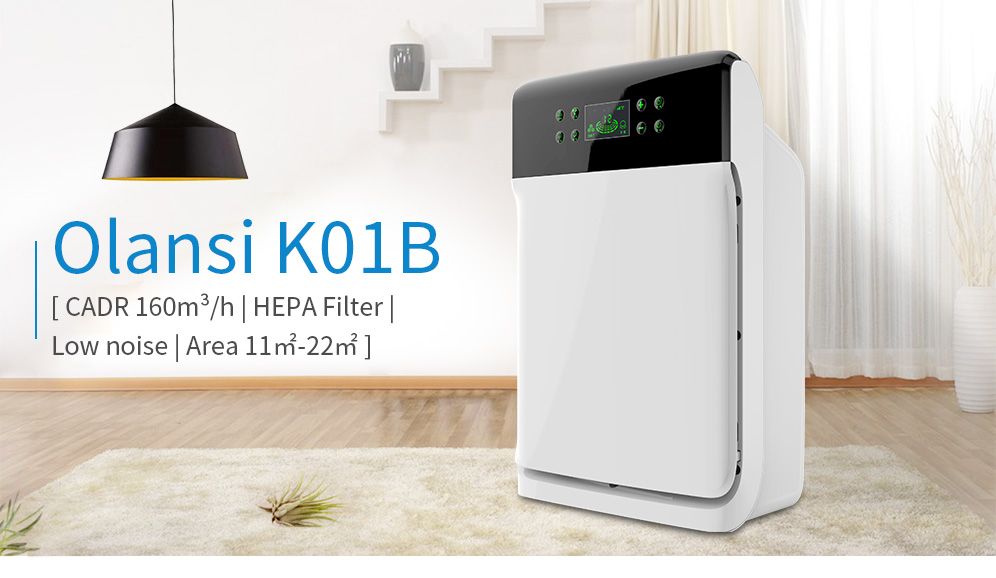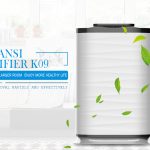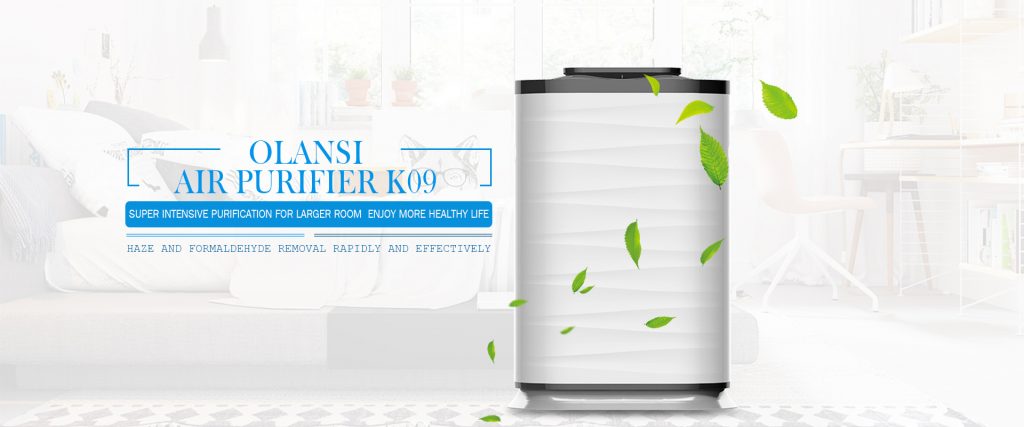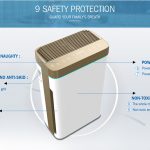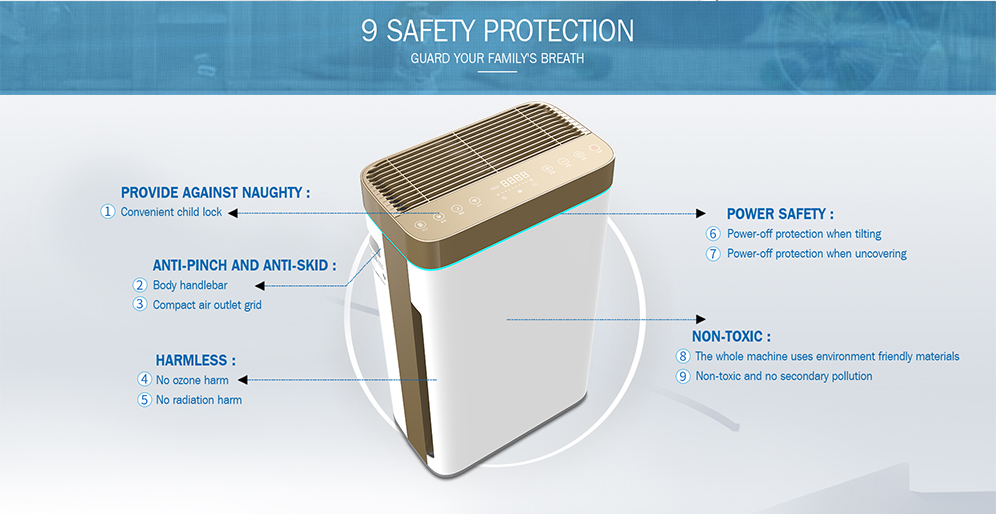Air pollution situation and prevention

The impact of atmospheric pollution sources can be seen in terms of source strength and source height. Source strength refers to the rate at which pollutants are emitted. The concentration of the pollutant is proportional to the source strength, that is, the greater the source strength, the more serious the pollution.
Source height refers to the height of the source of pollution. Source height has a large impact on the concentration distribution of pollutants. In general, the further away from the source of pollution, the lower the concentration of pollutants, but for overhead sources, the situation is more complicated. Taking the chimney as an example, the concentration of ground pollutants is very low near the chimney, and gradually increases with the increase of the distance, and then gradually decreases after reaching a maximum value.
The current air pollution situation is very serious. Mainly manifested as soot pollution. The concentration of total suspended particulate matter in urban atmospheric environment is generally exceeding the standard. Sulfur dioxide pollution has been at a high level. The total amount of exhaust pollutants emitted by motor vehicles has increased rapidly.
Prevention
The prevention and control of air pollution is a huge systematic project. It requires the joint efforts of individuals, collectives, countries, and even the whole world. The following measures can be considered.
Reduce pollution emissions
Reforming the energy structure, using non-polluting energy (such as solar, wind, hydropower) solar energy and low-pollution energy (such as natural gas), pre-treatment of fuel (such as desulfurization before burning coal), improved combustion technology, etc. can be reduced The amount of sewage. In addition, before the pollutants enter the atmosphere, the use of dust removal and smoke elimination technology, condensation technology, liquid absorption technology, recycling technology to eliminate some of the pollutants in the exhaust gas can reduce the amount of pollutants entering the atmosphere. Plant purification method, China has been using vegetable source disinfection and sterilization for more than 3,000 years.
Self-purification ability
Different meteorological conditions, the atmosphere will have different capacities for pollutants, and the same amount of pollutants will be discharged, resulting in different concentrations of pollutants. For areas with large wind power, good ventilation, turbulent flow and strong convection, the atmosphere has a strong diffusion and dilution capacity, and more activities of factories and mines can be accepted. In areas and periods of inversion, the atmospheric diffusion and dilution ability is weak, and it is impossible to accept more pollutants, otherwise it will cause serious air pollution. Therefore, effective control of emissions should be carried out in different regions and at different time periods.
industrial area
Site selection, chimney design, urban and industrial zone planning should be reasonable, do not emit excessive concentration of the atmosphere, do not cause repeated superimposed pollution, and form serious pollution incidents in local areas.
Greening afforestation
The dense forest can reduce the wind speed and reduce the large dust carried in the air. The surface of the leaves is rough and uneven, some have fluff, and some can secrete mucus and oil, so they can absorb a large amount of dust. After the dusty leaves are washed by rain, they can continue to absorb the dust. This reciprocating blockage and adsorption of dust can purify the air.
Change fuel composition
The conversion from coal to gas is implemented. At the same time, intensify research and develop other new types of energy, such as solar energy, hydrogen fuel, and geothermal. This can also greatly reduce the pollution of soot.
starting from myself
1. Do not litter waste; travel by bus and subway as much as possible to reduce the use of private cars; participate in greening activities such as planting trees; install exhaust gas treatment devices in private cars, use lubricating oil to fully burn fuel and reduce harmful gas emissions.
2. Reduce smog weather and go out (According to the relevant explanation, Ozone is ozone, and PM2.5 refers to fine suspended particles below 2.5 microns in diameter, also called lung particles, which are in the air. “Health killer.” causes extensive damage to the respiratory system, heart and blood system.
3. Wearing a mask (the material of the mask, service life, technical level, etc.) is the standard for defining the quality of the mask. If the consumer has no special needs, it is not necessary to buy a “concept mask” marked with various functions.
4. Indoorly properly cultivate some green plants such as spider plants or install an air purifier.
Pay attention to cleaning (deep cleaning of pores of dust, bacteria, the first line of defense to protect the body – skin).
5. Supplement nutrition, appropriate to pass 100 micrograms of selenium, selenium is a “natural antidote” to enhance resistance.
If you are interested in this, please contact us for more products and preferential prices
Helen:
+86 13922346046
info@olansiglobal.com
https://www.olansiglobal.com

